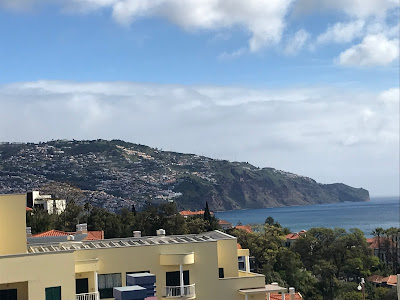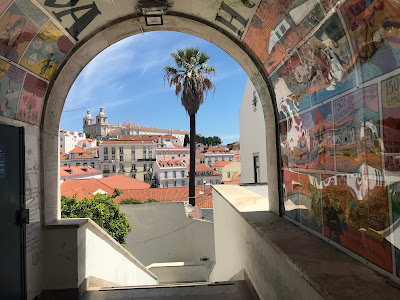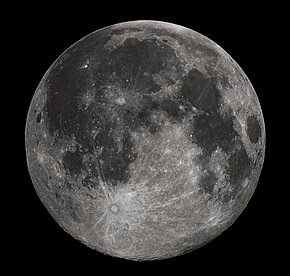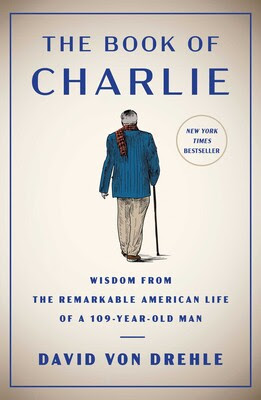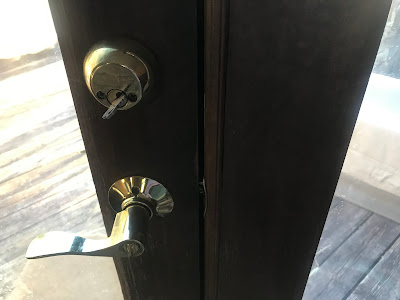Monochromatic Morning
The jet-lagged traveler thinks there’s no way she could sleep for 12 hours and miss the beginning of a scheduled hike. But the jet-legged traveler just slept 10 quite handily, so who knows what she could do.
Now she’s fully awake and looking at a sky-scape and city-scape of such generosity and grandeur that she doesn’t quite know how to bring it to life on the electronic page.
The sun is just peeking from behind a small clutch of clouds that are producing some rain across the bay, and a small ferry is moving quickly toward a small island. To my left is the old town, still in slumbering shadow. Directly ahead … the Atlantic Ocean, which seems to be everywhere you look. This is, after all, an island. And one we’ll be exploring soon.
(It looks monochromatic but that’s only because I was snapping a shot directly into the sun.)

